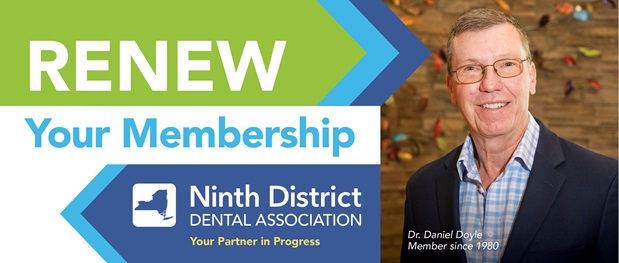NIH Highlights Quitting Smoking
Per the notice below, the National Institutes of Health (NIH) is highlighting the benefits of quitting smoking on other addictive illnesses.
Quitting smoking is associated with recovery from other addictions
NIH-funded finding supports addressing smoking cessation during substance use treatment
Adults who smoke cigarettes and are addicted to alcohol or other drugs were more likely to achieve sustained remission of their substance use disorder symptoms if they also quit smoking, according to scientists at the National Institutes of Health (NIH). Based on their analysis of data from a large U.S. study of smoking and health, researchers believe the results clearly show the benefit of pairing smoking cessation with addiction recovery efforts.
“We now have strong evidence from a national sample that quitting cigarette smoking predicts improved recovery from other substance use disorders,” explained Nora Volkow, M.D., director of NIH’s National Institute on Drug Abuse (NIDA), which partly funds the study, known as the Population Assessment of Tobacco and Health (PATH) Study. “It underscores the importance of addressing different addictions together, rather than in isolation.”
Scientists analyzed data from 2,652 people 18 and older who had a history of substance use disorder and who experienced a change in their recovery status over the next four years. Participants in the PATH Study are asked annually about their smoking status and other substance use. In this analysis, a change in smoking status from “current” to “former” use of cigarettes was associated with 42% greater odds of the individual being in recovery from their non-tobacco substance use disorder. People with addiction to alcohol or other substances have a higher likelihood of being addicted to nicotine as well. Previous research has suggested an association between smoking cessation and improved outcomes from other substance use disorders. However, the authors note that most prior studies used data from treatment centers focusing on addiction to a single substance or from smoking cessation trials, and those that used nationally representative samples could not adequately test for an association with recovery. Researchers believe the new finding is generalizable to the millions of adults with substance use disorder and accounts for numerous confounding factors, thus increasing confidence in the results.
“Although the health benefits of quitting smoking are well-known, smoking cessation has not been seen as a high priority in drug addiction treatment programs,” said Wilson Compton, M.D., deputy director of NIDA and senior author of the study. “This finding bolsters support for including smoking cessation as part of addiction treatment.”
Although this was a longitudinal analysis that was strongly suggestive that quitting smoking plays a role in improved recovery outcomes from other substance use disorders, further research will be needed to definitively establish a causal connection. Also needed is more research on the best ways to support smoking cessation among people in treatment or recovery for substance use disorders. The PATH Study is an ongoing, nationally representative longitudinal cohort study of youth and adults who may or may not use tobacco products that is funded by NIH and the U.S. Food and Drug Administration.
If you or someone you know is struggling or in crisis, help is available. Call or text 988 or chat at: 988lifeline.org. To learn how to get support for mental health, drug, or alcohol conditions, visit: FindSupport.gov. If you are ready to locate a treatment facility or provider, you can go directly to FindTreatment.gov or call 800-662-HELP (4357).
About the National Institute on Drug Abuse (NIDA): NIDA is a component of the National Institutes of Health, U.S. Department of Health and Human Services. NIDA supports most of the world’s research on the health aspects of drug use and addiction. The Institute carries out a large variety of programs to inform policy, improve practice, and advance addiction science. For more information about NIDA and its programs, visit: www.nida.nih.gov.
About the National Institutes of Health (NIH): NIH, the nation's medical research agency, includes 27 Institutes and Centers and is a component of the U.S. Department of Health and Human Services. NIH is the primary federal agency conducting and supporting basic, clinical, and translational medical research, and is investigating the causes, treatments, and cures for both common and rare diseases. For more information about NIH and its programs, visit: www.nih.gov.
Reference
MJ Parks, et al. Cigarette Smoking During Recovery from Substance Use Disorders. JAMA Psychiatry. DOI: 10.1001/jamapsychiatry.2025.1976.










.png?sfvrsn=4447de7f_1)

















